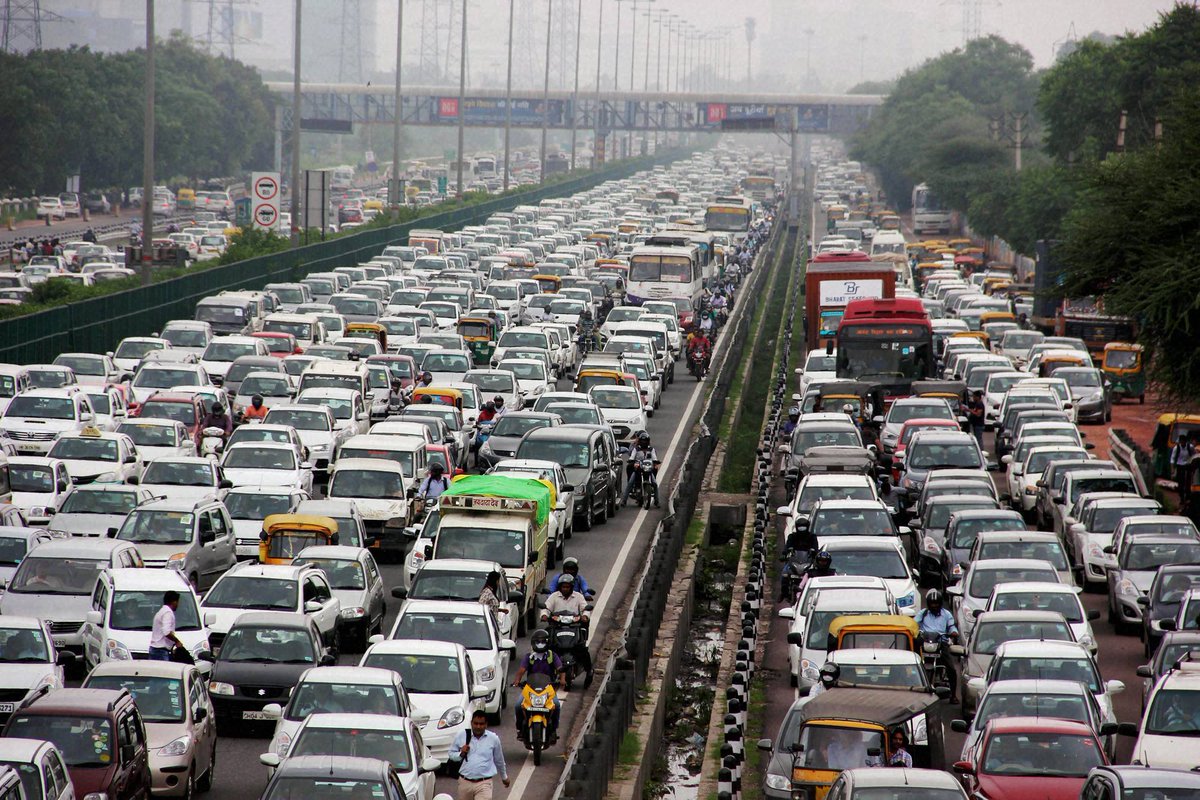By 2027, the world’s largest democracy, India will also become the world’s most populous country surpassing China. As per a recent report by the United Nations, ‘World Population Prospects 2019: Highlights’ estimated that the global population is expected to increase by two billion by the year 2050, from 8.7 billion in 2030 to 9.7 billion in 2050. In short, India is expected to add nearly 273 million people to its population between 2019 and 2050.
India already constitutes 18 per cent of the world’s population. This impending tag of the ‘most populous nation of the world’ may not be one that can make the nation particularly proud or happy. Given the limited land and other resources, it raises the billion-dollar question: Is the country ready to feed such a huge population?
At the moment, China, with 1.43 billion people in 2019, and India, with 1.37 billion, have long been the two most populous countries of the world, comprising 19 and 18 per cent, respectively, of the global total in 2019.
Global population trends are driven largely by trends in fertility, especially in the average number of live births per woman over a lifetime which has fallen markedly over recent decades in many countries. The UN report has mentioned that the long-term growth of India’s population, largely a function of fertility rates, is less certain.
Quartz reported some possible scenarios, including the current fertility rate of Indian women – 2.3 births per woman. If it remains constant, the nation’s population will grow to 1.8 billion by 2050. Assuming that the fertility rate decreases to 2.1 births per woman, India’s population is then likely to increase to 1.9 billion by the century’s close.
In the last five decades, India has witnessed a decline in the proportion of the poor population, fertility rate decreased from 6 children to a couple to 3.2 children per couple, vast economic growth has been witnessed, high yield in the agricultural sector has been observed keeping a pace with the burgeoning population. But the environment has gradually worsened in the country.
In a research conducted by the Department of Social Policy, London School of Economics and Institute of Economic Growth, Delhi University said that there is an urgent need to examine the link between the population growth and natural resource availability in India.
HEALTH
The research claimed that rapid population growth has adversely affected the health services and the infrastructure. If the population growth had been slower, it would have been easier to raise the per capita expenditure and improve the quality of services. Moreover, many of India’s health problems arise due to policy failures, lesser availability of services, widespread poverty, malnutrition, difficulty in extending services to all rural and urban area and poor hygiene and sanitation.
India has controlled the spread of communicable diseases like smallpox and guinea worm. But vector-borne diseases like malaria, dengue are still a threat to the population. Reportedly, annual deaths from Tuberculosis (TB) in the country are estimated to be 0.5 million per year and deaths due to AIDS are expected to rise too. The rapidly growing population will further paralyse the deteriorating health apparatus, thereby adversely affecting the citizens’ health condition in the country.
AGRICULTURE
It is a fact that 90 per cent of the food demands increase due to growing population and higher demand leads to a lesser supply. Post independence in 1947, the increase in food production referred to an increase in the cultivable area but post green revolution, the concentration shifted towards improving yields. This increase has been achieved by several measures and sometimes by compromising health. It includes new seeds, higher chemical usage on crops, better irrigational facilities and farm credit and all this at a growing cost to the environment.
If the population growth is constant as mentioned in the UN report, the environment may pose the greatest challenge for India. The research by the Department of Social Policy further mentioned that the key issues are whether India could introduce new and more eco-friendly ways to produce crops, whether environment damaging practices could be changed and efficient usage of newly-introduced irrigation methods, which have already been initiated in the southern states of the country.














